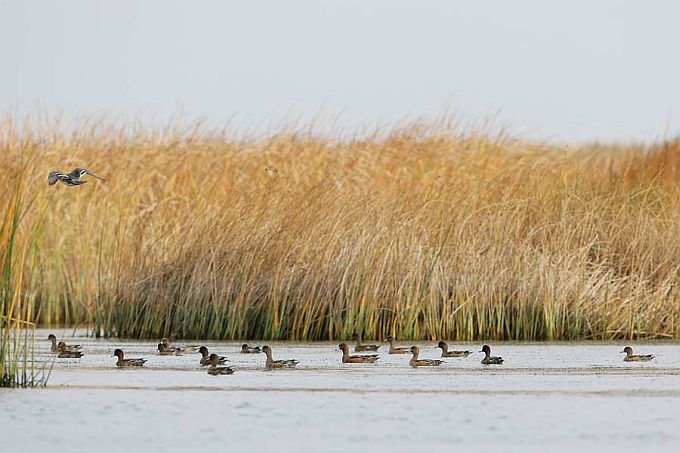"Birding Estonia": Book introducing Estonian birdwatching sites published
Linnuvaatleja introduces new book in English
Birding Estonia, the first comprehensive guide in English to birdwatching in Estonia for birdwatchers and tourists interested in nature has been published.




